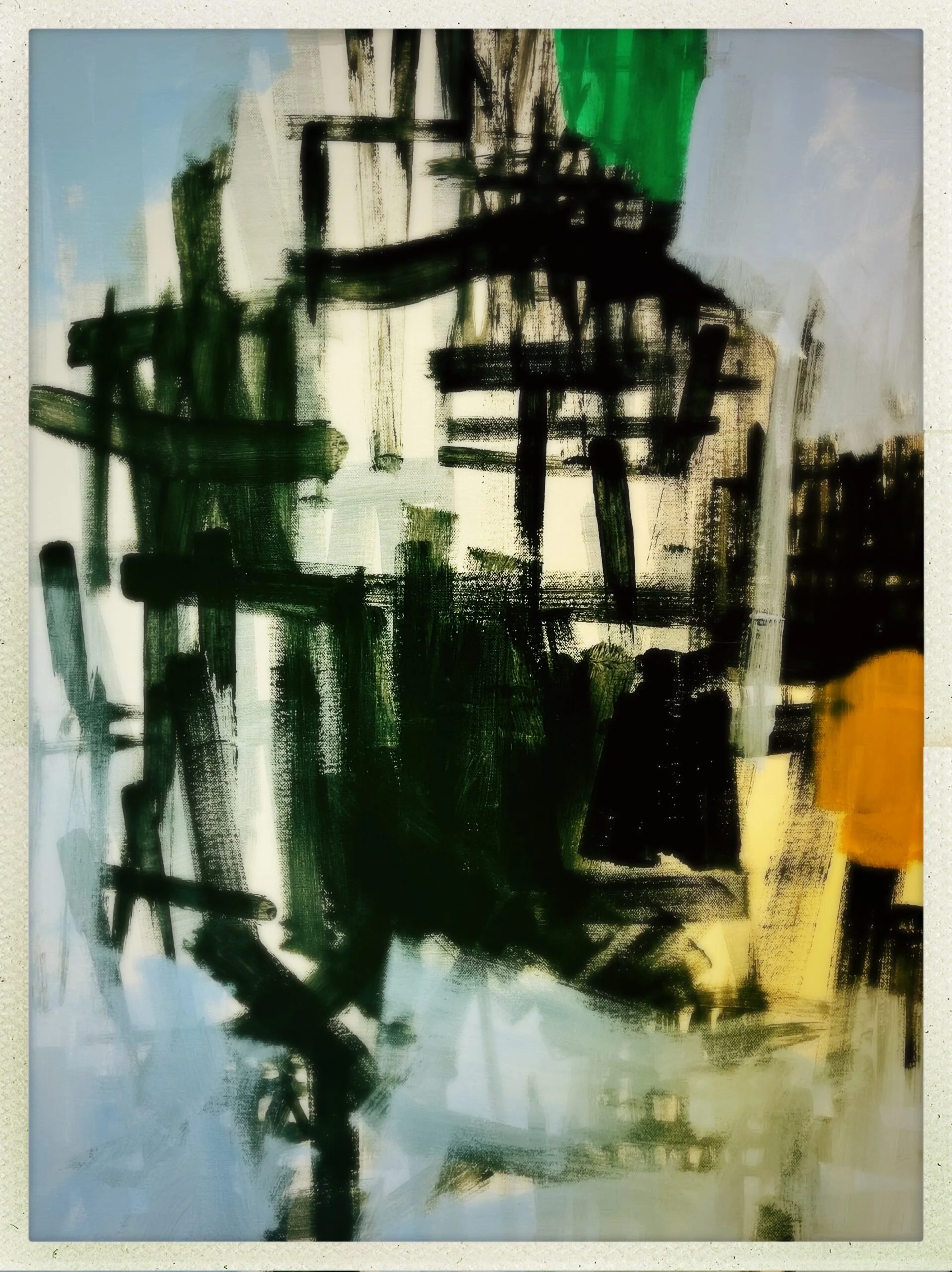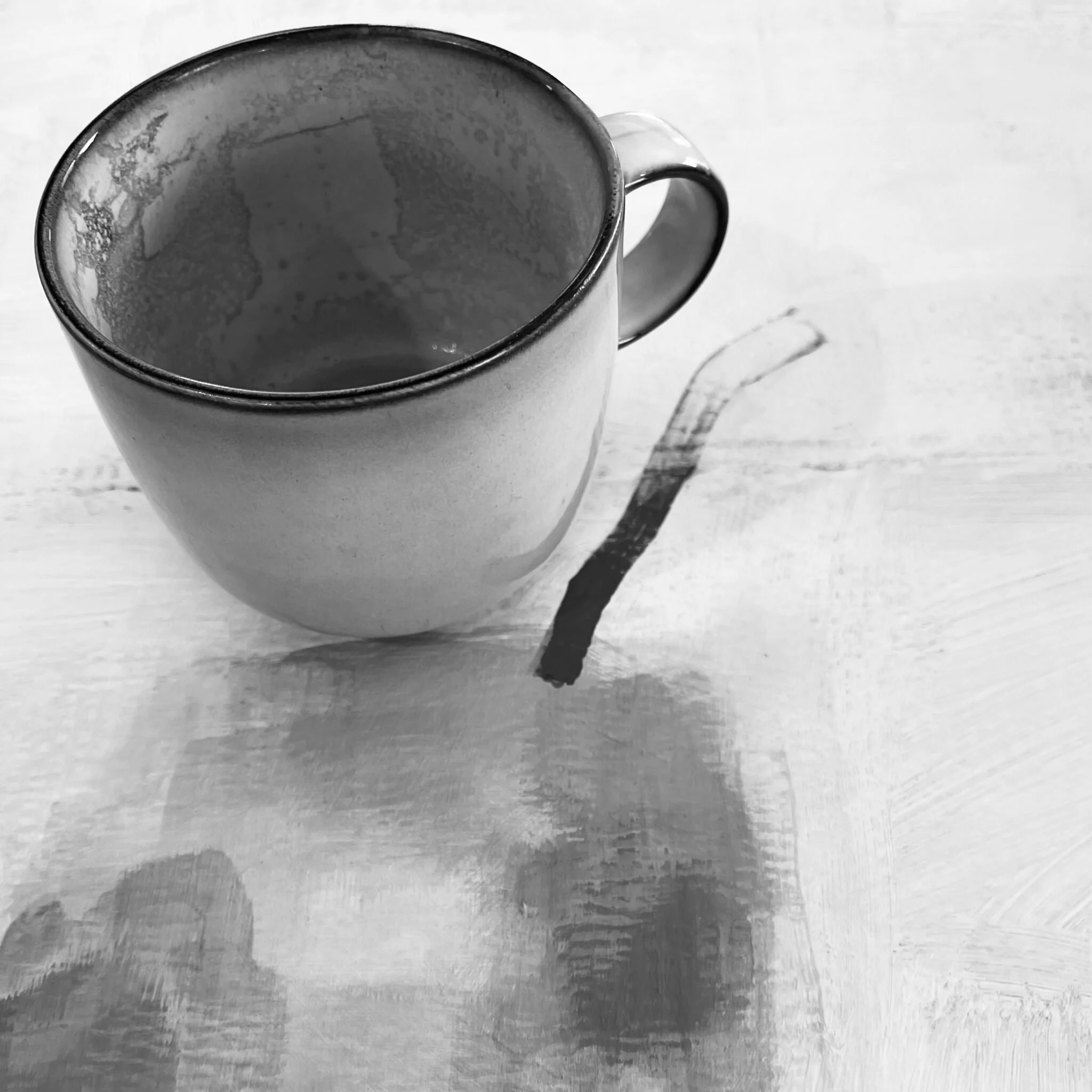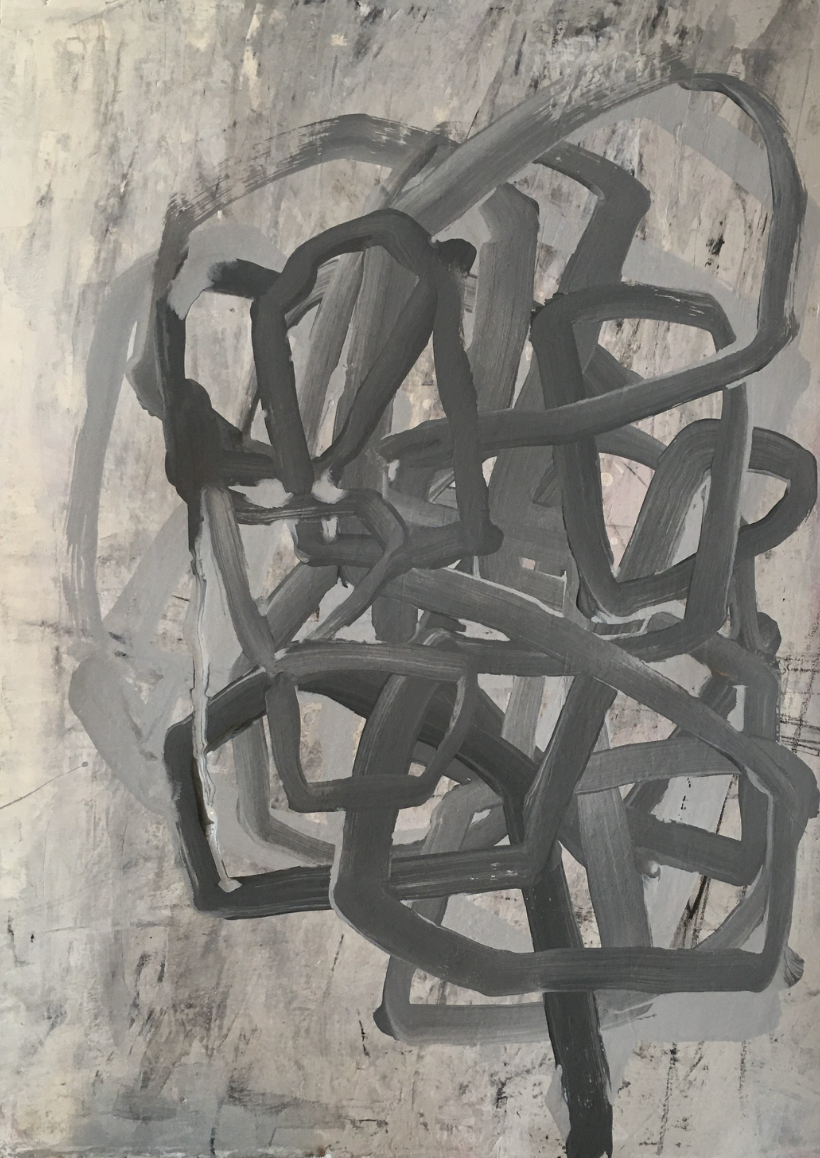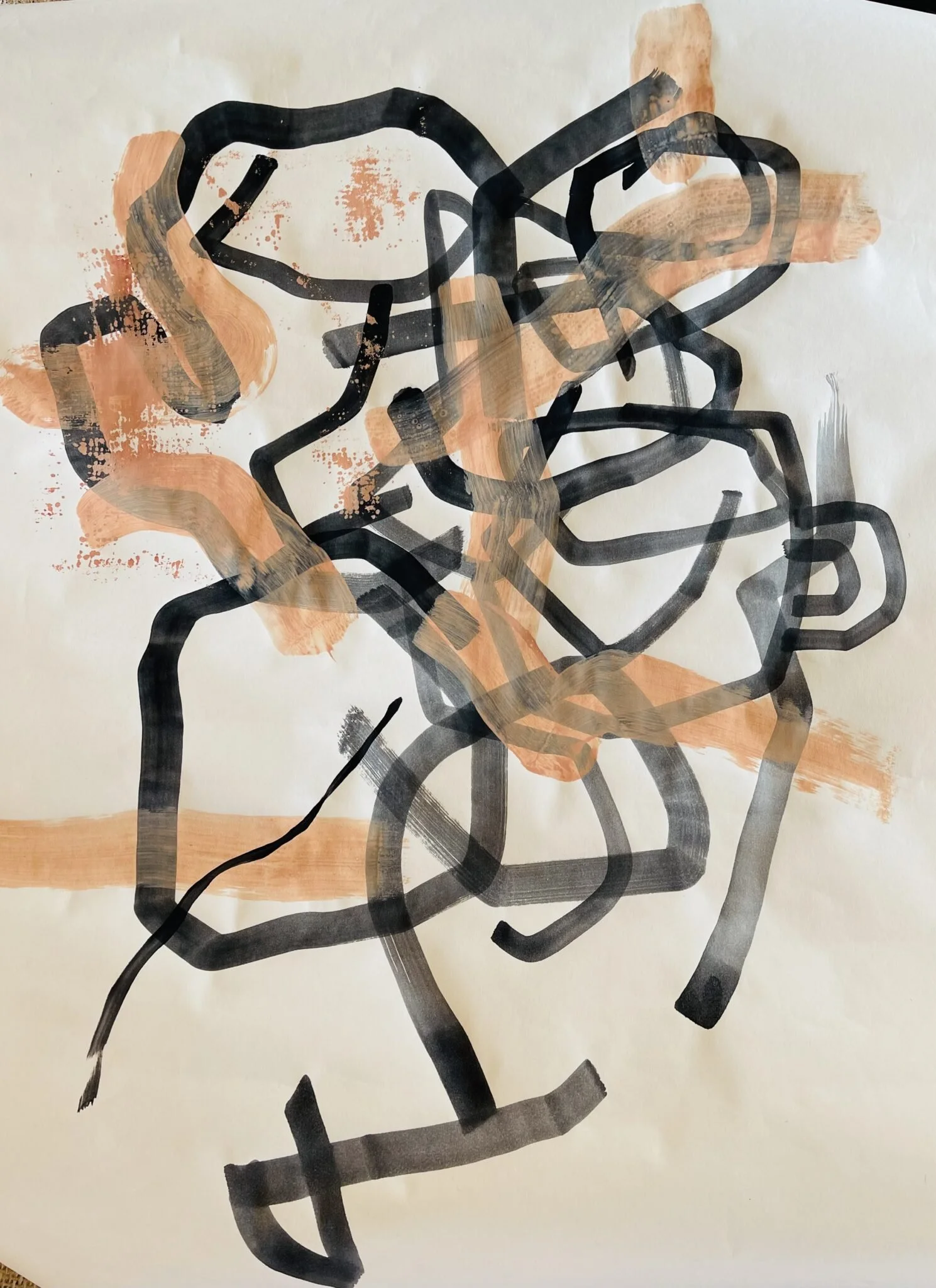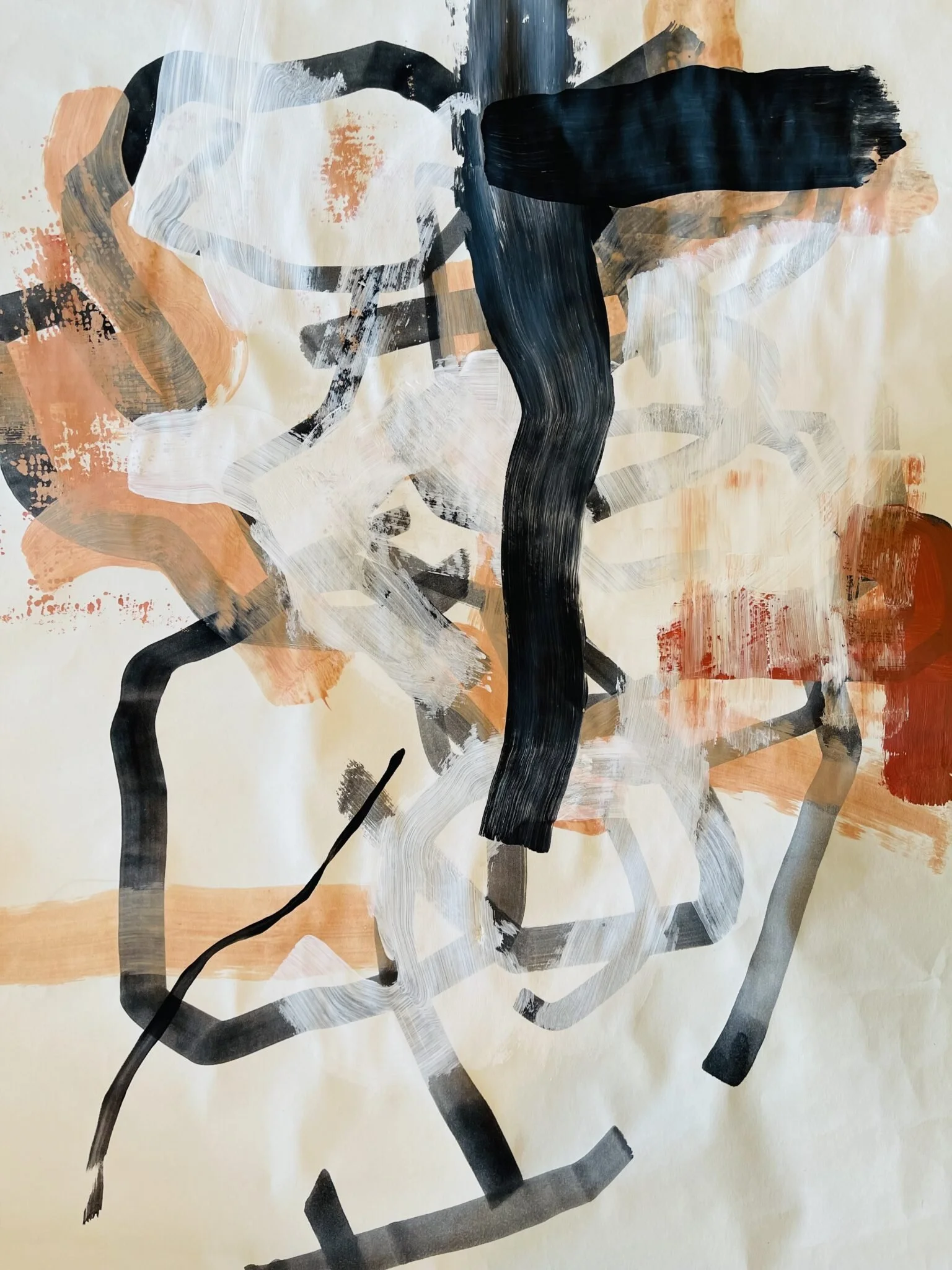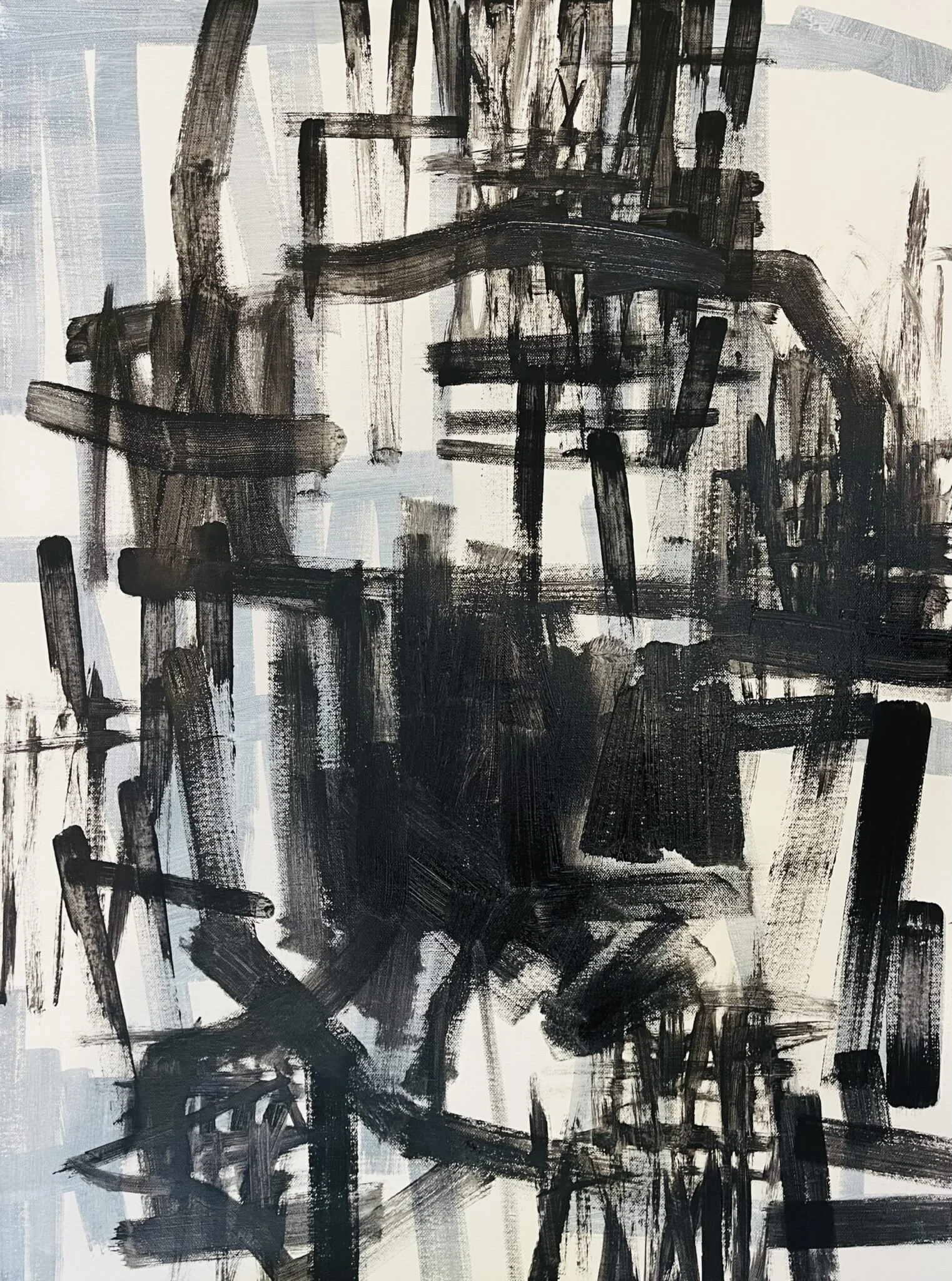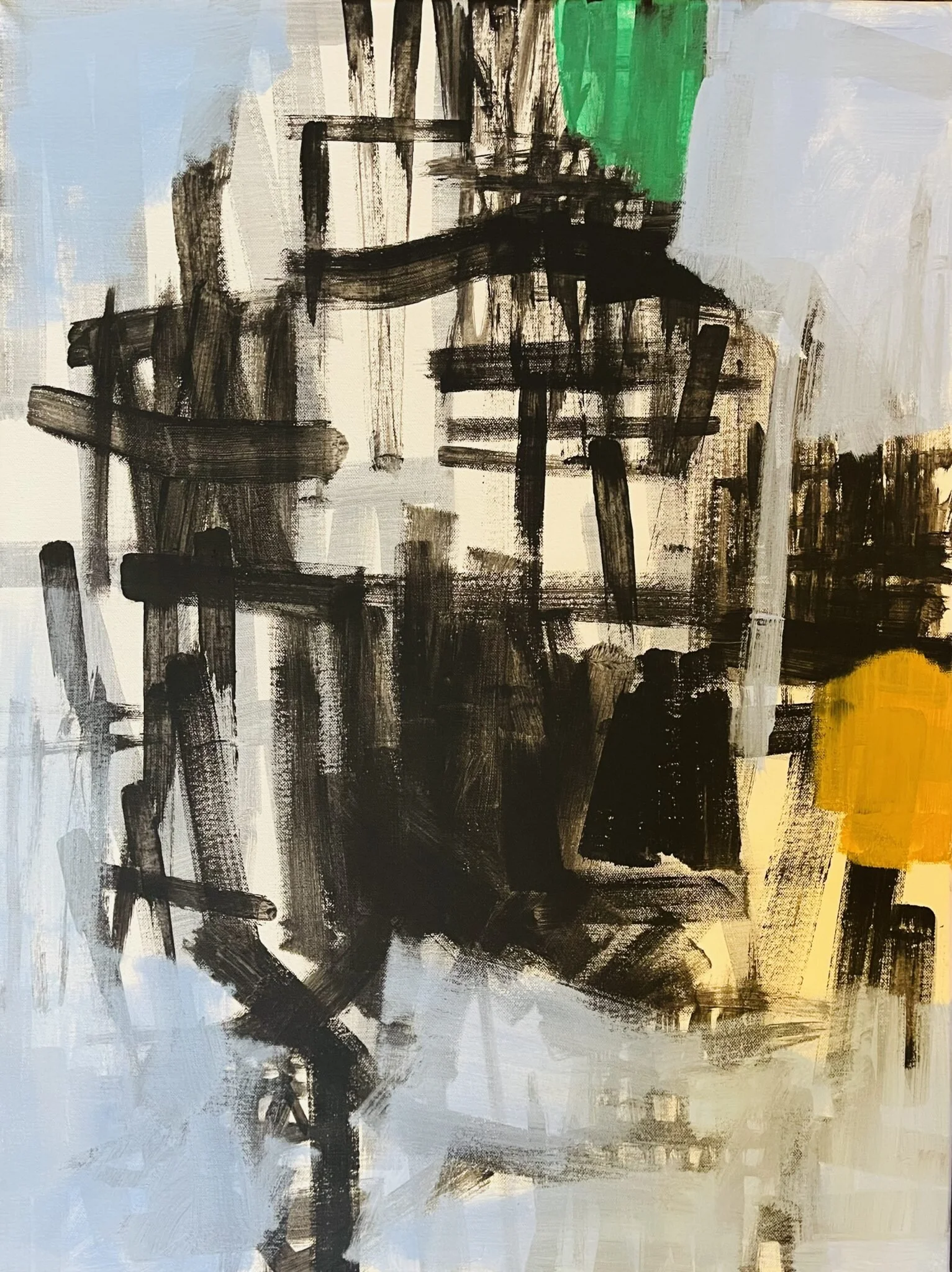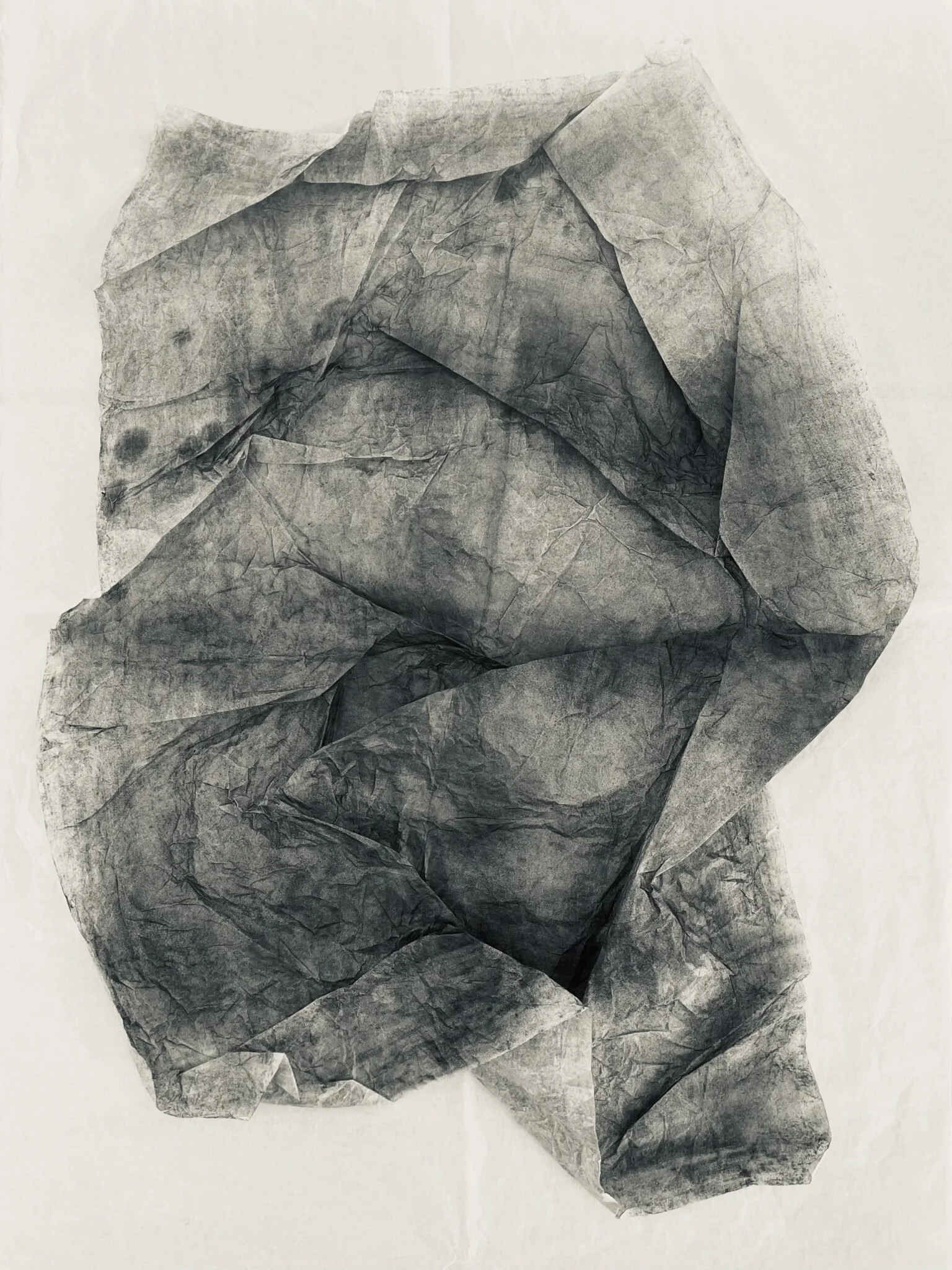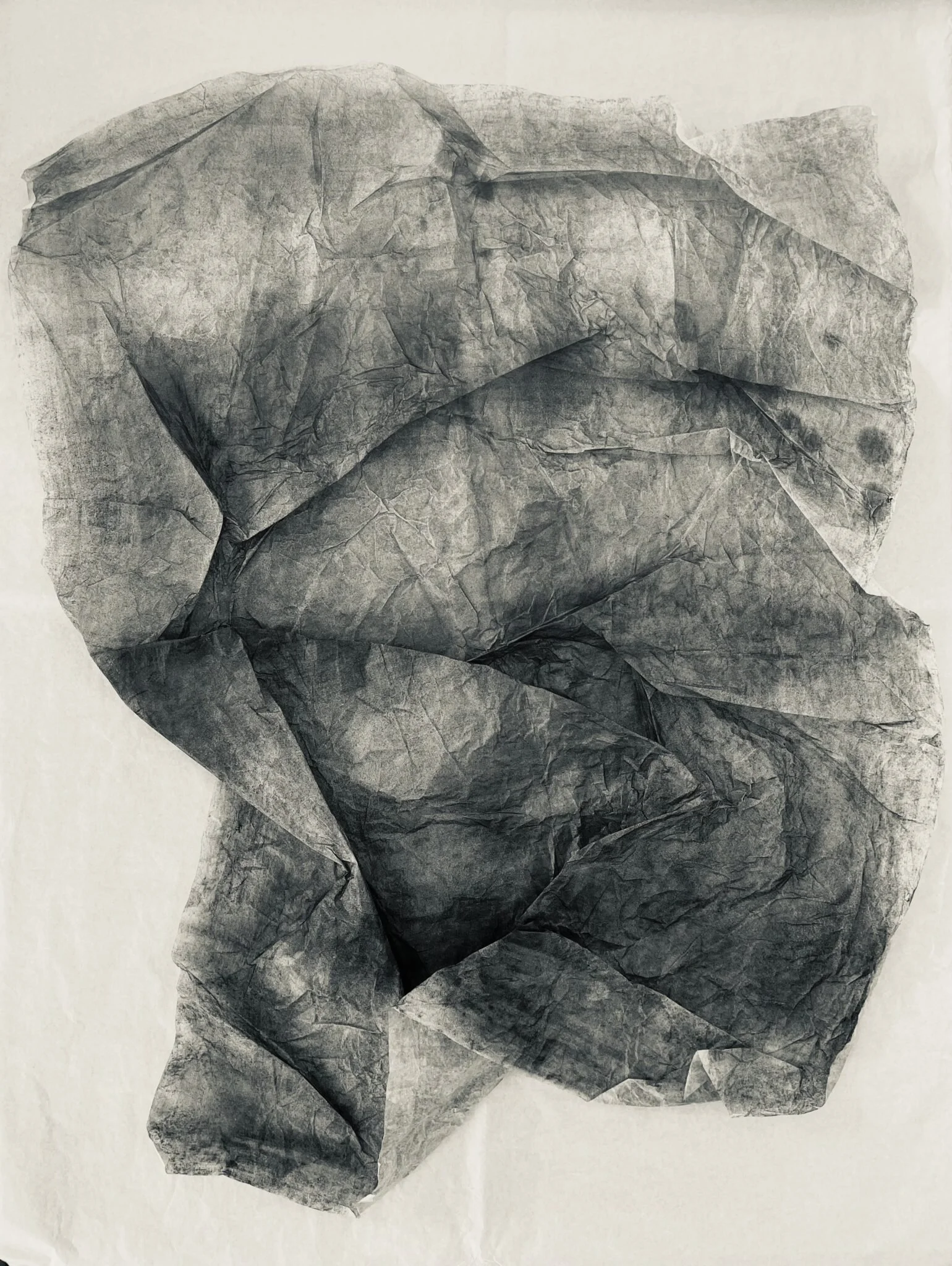Cover Image Flockhart K, The Crate Study (2024)
Pick three boring objects you find in your home and draw each one multiple times. Select objects that initially seem to be unremarkable to you. Your drawings should be made with different materials and wherever possible encourage creative risk. You should produce these drawings on separate sheets so that you can see them all together when you’ve finished. Ready for the next exercise.
As you start to find objects to draw, think about how you are drawing them. How do they fill the space of the blank sheet of paper? You might want to draw the full object, or you may instead choose to focus on a section.
You can change how you choose to depict your object each time you make a new drawing. By not recording the exact same view of the object in each drawing, you are building empirical knowledge that will give you a richer understanding of the object you have chosen.
In choosing a material, think about how it might inform your drawing, how it might evoke or capture some of the essence of the object and lastly how well suited it is to the time you have for the drawing, and how might each material speak to the materiality of the thing that you are drawing?
I made my subject choices quickly, choosing randomly what was nearest to me at the time. A cup, the dog’s crate, a tiny stone on the floor from my shoe. When it came to the process, overthinking was helpful. Analysing something brings out the layers. This gave me a lot of creative scope.
I learnt from the past project (P3) that over processing marks did not lead to a satisfactory result. So I wanted to build on that and use spontaneous marks and continuous line work. To encourage experimentation in order to draw out subjective elements of the subjects.
Informing and Transforming
I wanted to eliminate the numbing aspect of drawing a subject from instruction. If the exercise is to find agency and evolve artistic nature, then I must draw from inspiration and not prescription. These following still life studies are all motivated by something that I saw in their form and chosen medium, and about how these subjects make me feel.
These are the phrases I took from the brief to propel me into the project.
Responding to immediate surroundings
Inspiration from random things
Focus at a granular level
Combining different objects to create new meanings
Utilise size and scale
Produced unexpected outcomes
Ordinary to extraordinary
THE CUP
I drew. I turned it upside down. The old coffee stained the paper. I looked inside. I drew the bubbles and smears. And I looked at the reflections in the ceramic.
Fig.1 Flockhart K, Subject Photo (2024)
Fig.2 Flockhart K, Cup: Interior & Reflections(2024)
The first artist I found in relation to what I was trying to achieve was Jane Cornwell. She uses fluid brushwork, bold and uncompromising, and layers of collage.
Fig.3 Flockhart K, Untitled (2021)
Fig.4 Flockhart K, Untitled (2021)
I drew outlines of the cup and layered them one on top of the other. Then I began a new drawing using the layered drawing to inform the line work as the subject, like we did in P3 ‘Constructing A Drawing’. I added Jane’s bold brush work into the mix, still using my original drawing to inform, but with more single brush stroke work in colour. Observing the negative spaces in the handle, and around the cups as I drew them in multiple forms.
Fig.5 Flockhart K, Process 1: Cup Linear Study(2024)
Fig.6 Flockhart K, Cup: Process 2: Cup Linear Study (2024)
THE CRATE
This is a large repetitive structure. It is imposing so I decided to confront it head on and make repetitive observations. I tried looser marks and more formal ones, trying to bring the essence of perspective in.
Fig.7 Flockhart K, Process 1: The Crate Study(2024)
Fig.8 Flockhart K, Process 2: The Crate Study(2024)
Fig.9 Flockhart K, The Crate Study (2024)
Adding a large painted boarder to the line work was an alternative way to encapsulate the form rather than drawing it as a rectangular structure. I gave it a base with some brushwork, and chose high key colours to elevate the black coated metal into something interesting.
Fig.10 Flockhart K, The Crate (2024)
THE ROCK
Looking at the tiny stone, I thought about a rock, then a boulder, then a mountain. A thing within a thing. The alchemy in the rock is derivative of the environment it comes from. They come from the land and make the land.
I wanted to make a piece that could represent this change in scale. Observing the details of the tiny stone, and then the larger structure, I discovered they contained the same elements. I worked in charcoal and manipulated the papers texture, sculpting it to increase the way I could inform the contours of the stone and also the image of the rock face it inevitably came from.
Fig.11 Flockhart K, Paper Rock Left (2024)
Fig.12 Flockhart K, Paper Rock Right (2024)
List of Images
Cover Image Flockhart, K (2024) The Crate Study. [Acrylic on canvas] In possession of: The author: Volleges.
Fig.1 Flockhart, K (2024) Subject Photo. [Photograph] In possession of: The author: Volleges.
Fig.2 Flockhart, K (2024) Cup: Interior & Reflections. [Acrylic on cardboard] In possession of: The author: Volleges.
Fig.3 Cornwell, J (2021) Untitled. [Collage] At:https://www.jane-cornwell.com/xdvpd4gf22tf2t1zpcji57qdooy77k (Accessed 01.12.2024).
Fig.4 Cornwell, J (2021) Untitled. [Collage] At:https://www.jane-cornwell.com/akcnysd88ie2x8jazoihvsgtrx88p6 (Accessed 02.12.2024).
Fig.5 Flockhart, K (2024) Process 1: Cup Linear Study. [Acrylic on paper] In possession of: The author: Volleges.
Fig.6 Flockhart, K (2024) Process 2: Cup Linear Study. [Acrylic on paper] In possession of: The author: Volleges.
Fig.7 Flockhart, K (2024) Process 1: The Crate Study. [Acrylic on canvas] In possession of: The author: Volleges.
Fig.8 Flockhart, K (2024) Process 2: The Crate Study. [Acrylic on canvas] In possession of: The author: Volleges.
Fig.9 Flockhart, K (2024) The Crate Study. [Acrylic on canvas] In possession of: The author: Volleges.
Fig.10 Flockhart, K (2024) The Crate. [Acrylic on cardboard] In possession of: The author: Volleges.
Fig.11 Flockhart, K (2024) Paper Rock Left. [Charcoal on paper] In possession of: The author: Volleges.
Fig.12 Flockhart, K (2024) Paper Rock Right. [Charcoal on paper] In possession of: The author: Volleges.
